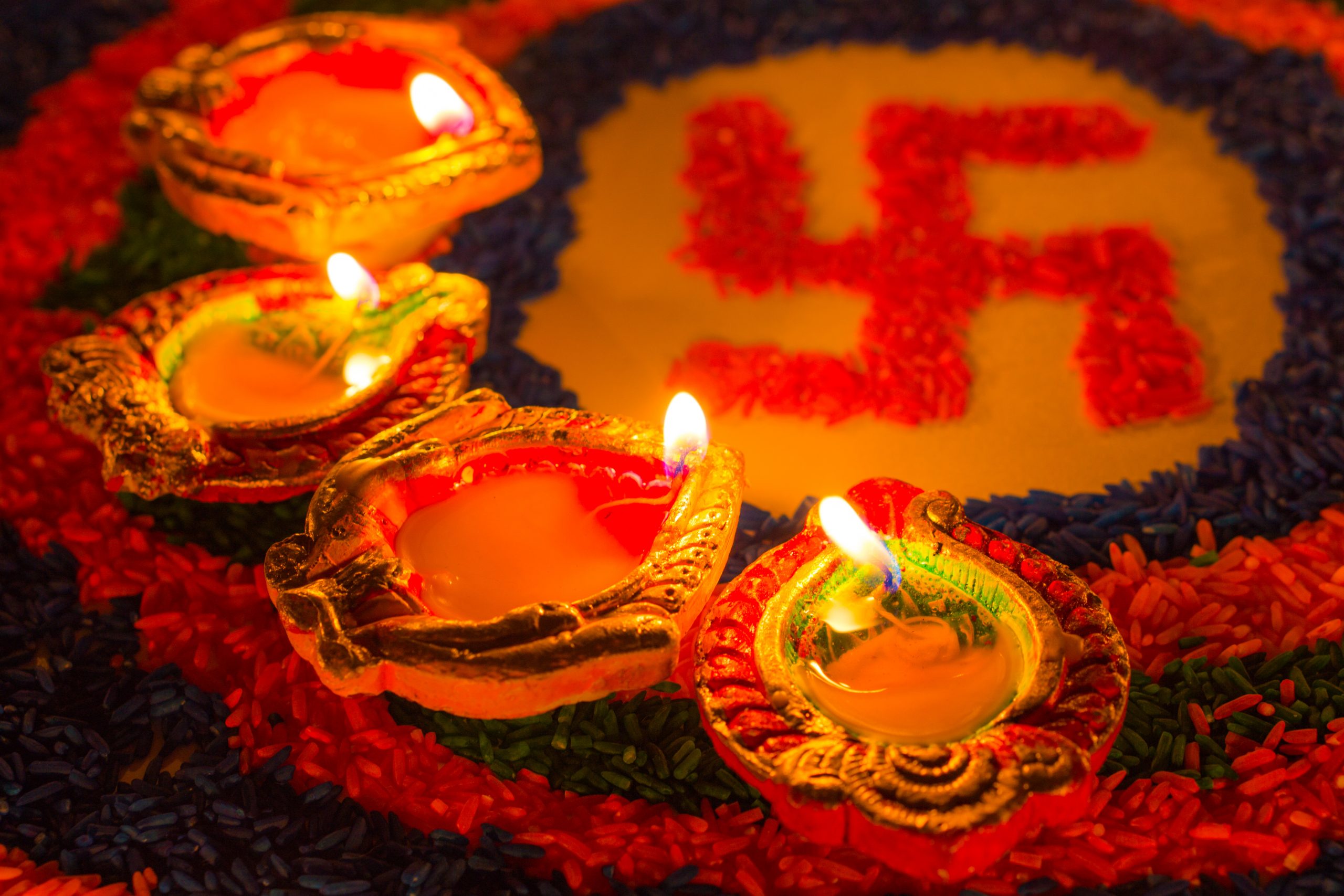Often when discussing Hindus’ and Hinduism’s past, a curious thing happens: Authors will write something like “Hindus believe” x happened or y is the location of, et cetera. “Hindus believe”, the phrasing goes, that the Babri Masjid was built atop a Hindu temple in Ayodhya, or that there was a physical Saraswati River that later dried up, or thousands of temples were destroyed by Muslim rulers out of religious animus towards “unbelievers”.
The use of the word ‘believe’ in these circumstances implies that such ideas may not only be false, but perhaps that they could not possibly be proved or disproved by research, be it archeological, textual, or scientific. There’s a subtle intimation that these ideas are rooted in religious faith, even conspiracy, and hence unverifiable, not physical evidence, cultural memory or historical documentation.
Both these latter implications of course can be less than accurate. Cultural memory can misremember the specific details of events rooted in fact, no matter which culture is doing the remembering. And most people are aware that history is often written by the victors, as the maxim goes.
However, in the case of the archaeological and textual research into what the Babri Masjid was built over, the evidence shows that some sort of pre-Islamic religious structure did exist and that the site was used for sacred purposes by Hindus and adherents of other Dharma traditions since the second millennia BCE. It does not say that it was the birthplace of Lord Ram or that there was a historical person of Ram, but it does broadly vindicate what is too often labeled a mere ‘belief’ of Hindus.
These intimations also are indicative of a double standard. Reportage referring to the Church of the Holy Sepulcher or Mecca, for example, rarely refer to either in terms of belief. More often, they are simply described as sacred sites for Christians or Muslims or their respective traditional histories portrayed as fact without the types of evidence either required of Hindus or all but ignored.
In the case of the Saraswati River, satellite imagery shows that there was in fact a river which flowed in the broad vicinity of where ancient Hindu texts say there was one. This research cannot say that it was exactly the Saraswati River, but it does support the notion of the Hindu texts.
Similarly, historical research does not provide one specific number of Hindu temples that were destroyed due to religious hostility of Muslim rulers, but there is documentation by these victorious rulers both of a great many temples being destroyed and their purported pious motivations for doing so.
When writing about India’s past, writers should avoid double standards as well as be actively aware that their phrasing doesn’t inadvertently downplay an incident or location that Hindus traditionally assert happened or existed, and take responsibility for accuracy by consulting primary sources.








































